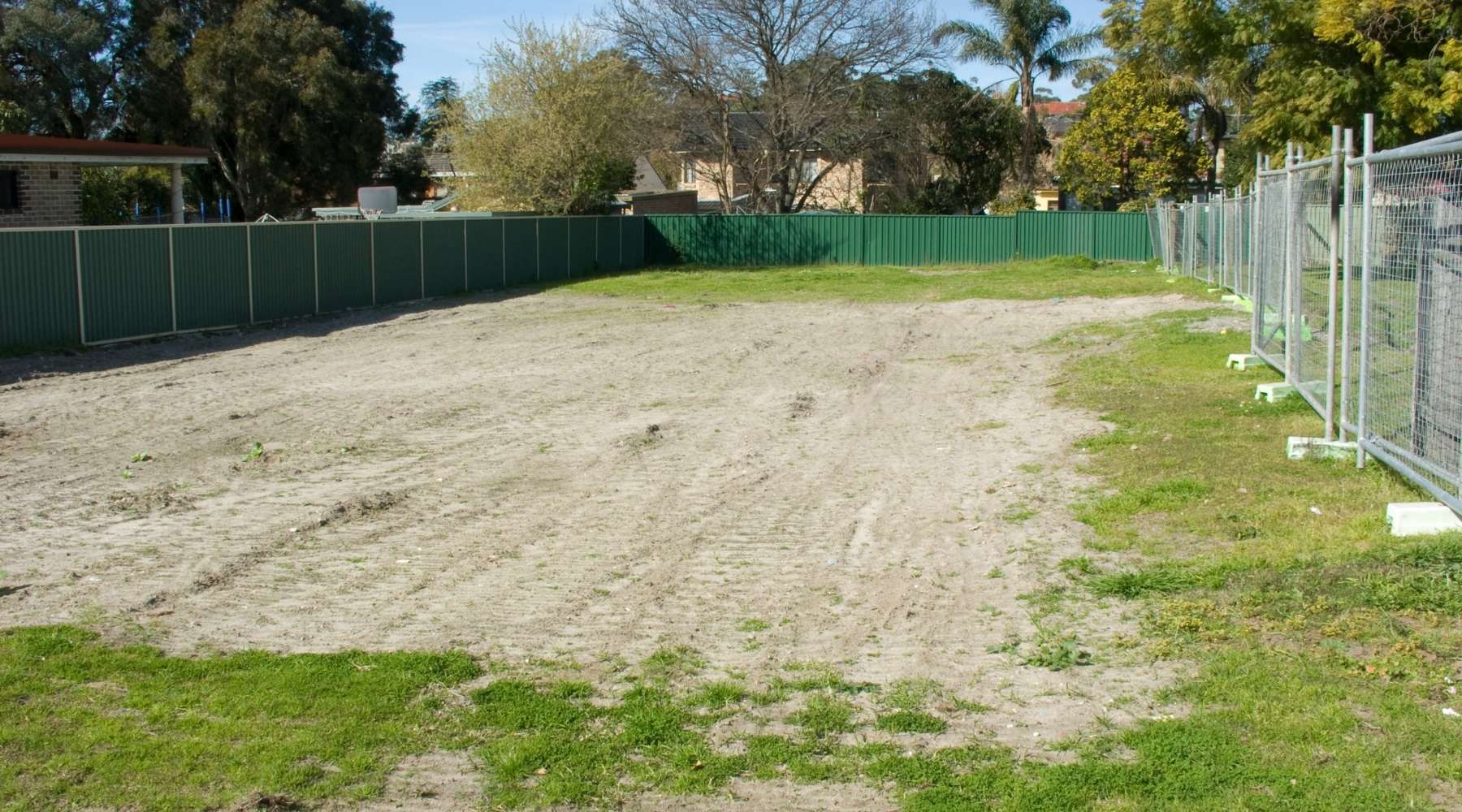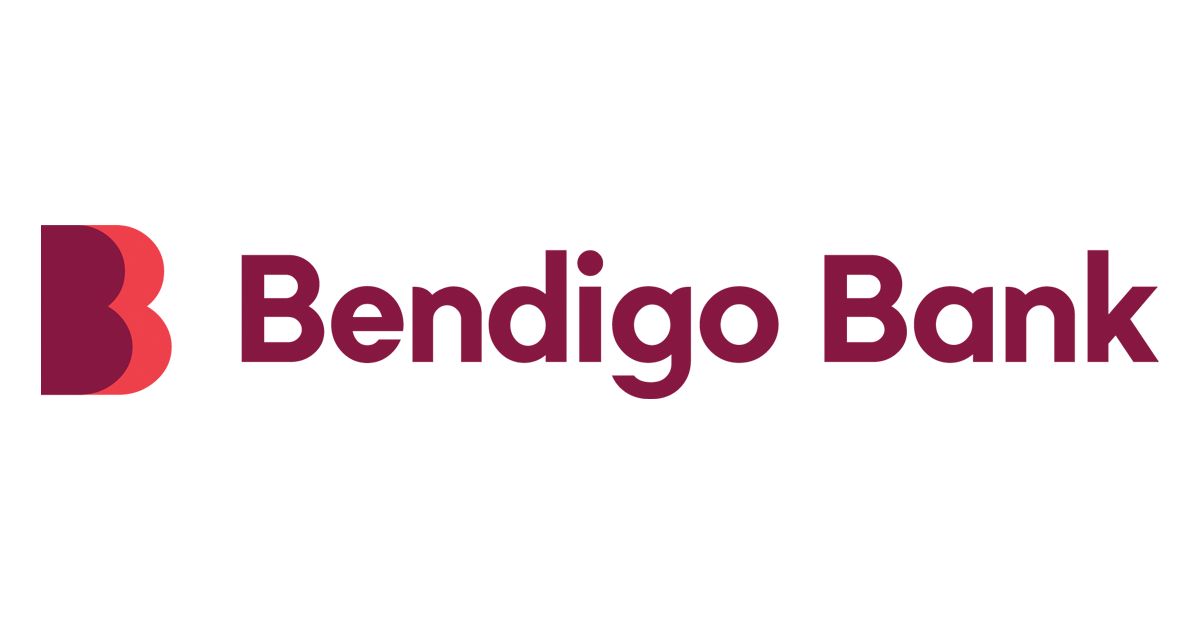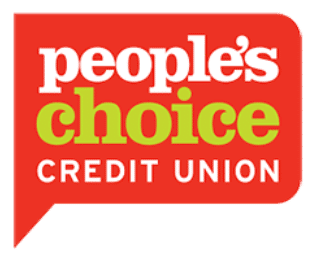Whether you’ve found the perfect patch of land to build your dream home on, want to lock away a block to build on later or create the perfect holiday retreat by the beach, a land loan helps you make it happen. However, financing a block of land isn’t as straightforward as buying an existing property. That’s why we’re here to help.
What is a vacant land loan?
A land loan is used to finance the purchase of a vacant block of land that you plan to build a property on. In terms of how they work, they’re more or less the same as any other standard home loan: you’ll borrow a lump sum to buy a plot of land, alongside a deposit, and will repay it with interest and fees in instalments over a set period.
In the current climate of skyrocketing housing prices, many Australians look at building as a cheaper alternative to buying an established property. New builds aren’t exempt from these pricing pressures, though, with the Housing Industry Association (HIA) reporting that only 8,250 residential lots were sold across Australia in the March Quarter of 2025. That was its lowest point in 25 years, amid median residential land prices spiking to $372,620.
Land loans are subsequently paired with construction loans, meaning you’ll have two loans on the go during the building process. However, once your home is completed, these loans can be refinanced and combined into a single home loan.
From a lender’s point of view, land loans are considered riskier, as they’re worth less and potentially harder to sell than a property that’s already been built. That means that while some lenders may approve you for a loan with a deposit as small as 5%, many will require you to pay at least 20% upfront.
Does land have to be registered to be approved for a loan?
Yes, almost all lenders will only approve applications for registered plots of land. That’s because registering the land means it’s ready to be built on as soon as possible, thanks to an active land title, connected services and road infrastructure.
On the other hand, unregistered land doesn’t have any of these things. There’s a risk that it may not have a land title issued or may be denied registration by the local council, leaving you and your lender in the lurch. If you’re unable to pay the loan and your lender is unable to sell the land, it leaves them substantially out of pocket, which is why most won’t go there.
It’s worth noting that in the case of subdivided land, developers will often sell individual plots before they’re registered. This means you’ll have to pay a deposit to the developer and apply for your land loan once it’s registered and has its land title in place.
What to consider when taking out a land loan
When applying for a vacant land loan, just like any other financial product, your main features to watch out for are the interest rate and the home loan fees. However, some of the factors specific to land loans that are worth considering include:
Minimum deposit required
As mentioned, some lenders will allow you to borrow as much as 95% of your land’s value, while others may limit you to just 80%. This may also come down to the size of the land: for example, land above 11 hectares is more likely to require a deposit of 20% or more, while anything below that might only command a 5% minimum.
Of course, paying under 20% means you’ll be subject to lenders mortgage insurance (LMI) unless you’re using a government first home buyer program or guarantor.
Additional loan features
Consider whether you need a redraw facility or offset account. While redraws are standard on most land loans, offset accounts are usually only available as part of a package loan with an annual fee.
If you’re planning to build, you’ve probably set aside a deposit for your construction phase. Parking that money in your offset or redraw can reduce the interest you pay on your land loan while you wait to build and keep your money working for you.
Construction timeframes
If you plan to be able to buy land and build sooner rather than later, you’ll need confidence in the construction timeframe. Your lender may deem it necessary that the build starts within a certain period, often within 12 months of settlement, so be sure to check the terms and conditions of the agreement. Typically, a signed fixed price building contract will cover the eligibility, but be sure to double-check.
Loan structure flexibility
Can you easily combine your land and construction loans into a standard home loan package? Lenders may charge fees to do this, so you should take the flexibility of the loan agreements into consideration.
Is the land insurable?
Once your house is complete, the lender will require a home insurance policy be taken out to release the final funds. Although the lender will have assessed this when you first buy your land, if your house takes a number of years to be built, its risk profile could change over time. If your land is considered at risk of bushfires or flooding, you might not be able to be insured and be liable to make your final payment out of your own pocket.
What is the difference between vacant land loans vs construction loans?
As mentioned, a construction loan is the product paired with a land loan when building your property. There are some key differences between the two and how they work:
| Land loans | Construction loans | |
|---|---|---|
| Loan purpose | To purchase vacant land | To fund the construction of a property on vacant land |
| Minimum deposit required | 5% to 20% | 10% to 20% |
| Loan funds released | All at once to the vendor | In five or six stages (progress payments) to the builder |
| Time limit | N/A | Construction must commence within 12 months of loan settlement and finish within 12 months of the first progress payment |
| Payments | Principal and interest | Principal and interest or interest-only (during build term) |
Why apply for a home loan with Savvy
Help throughout the process
You'll be matched with an experienced mortgage broker who'll handle all the hard work for you from start to finish.
Trusted lenders
With a panel of reputable mortgage lenders, you can rest assured you'll be comparing high-quality options with your broker.
Paperless quote process
You can fill out a simple online quote via our form without having to worry about sorting through heaps of paperwork.

The hidden cost of owning vacant land
"There are some important things to remember if you’re buying a block of land. You’ll have to pay the full value of the loan from day one. You’ll also begin paying council rates straight away, along with supply costs for utilities, even though you can’t use the property. On top of that, there can be some other costs associated with your land you probably won’t foresee, such as temporary fencing to ensure that nobody can dump rubbish on it."

Do I need a building plan to take out a land loan?
No, a building plan isn’t always a requirement as part of the land loan application process. However, having one handy can boost your chances of approval, as showing an intent to build will give your lender more confidence that the property will be developed and lost funds can be recouped if you become unable to pay the debt.
However, not all lenders will approve land loan applications without any building plans in place. You may need to take more time to survey the market (or discuss with your broker) if you aren’t planning to build on the land straight away.
How to apply for a land loan with Savvy
-
Complete our online form
Fill out details about yourself and how much you want to borrow.
-
Send through your documents
We’ll need to verify your identity and finances before proceeding.
-
Chat to your broker
One of our brokers will give you a call and talk you through your land finance options.
-
Get pre-approval
We can sort out conditional approval so you can start shopping for land plots.
-
Choose your plot and buy it
Once you find the one you want, commit to the purchase and let us know.
-
Have your application approved
We’ll prepare your application for formal assessment and approval.
-
Settle the loan and buy the land
After you’re approved, settlement takes a few weeks before the land is yours.
- Land sales plummet as prices soar - Housing Industry Australia
- Australian Government 5% Deposit Scheme - First Home Buyers






















